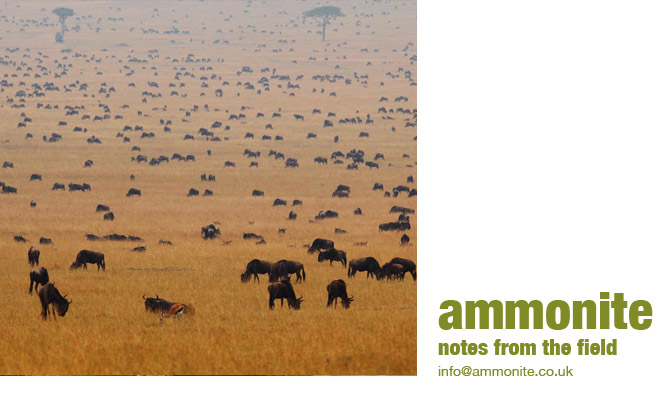After a few days travelling I can now tell you for sure that Turkey is a wonderful country but that Dalaman airport is an appalling money grubbing hole of an airport (nescafe about £3.50, disgusting stale bread sandwich about £6) which makes Heathrow’s terminal 1 (Cafe Nero double esspresso £1.70 and toasted mozzarella, tomato and fresh basil panini £3.40) look like a very nice place to relax and wait for your flight. I can also tell you that Chicago O Hare airport is still a confused mess of over zealous security and passport control that somehow lacks the management ability to staff the numerous unused xray machines and border control desks to avoid the whole place being constantly crammed with people standing around in lines trying to go somewhere.
The Masai Mara already seems like ages ago, but finally we’ve had time to asses the results. Amazing. The new starlight camera IS the sharpest, most sensitive image intensified camera ever built. Some movie clips in due course.
Before our departure for the main lion shoot later in October, the biennial Jackson Hole Wildlife Film Festival is upon us once more, and here I am to meet up with old friends, get some new projects funded as well as cheer on ‘Smalltalk Diaries Changelings’ which is up for ‘best short film’ award tomorrow night - against some stiff competition.
-



